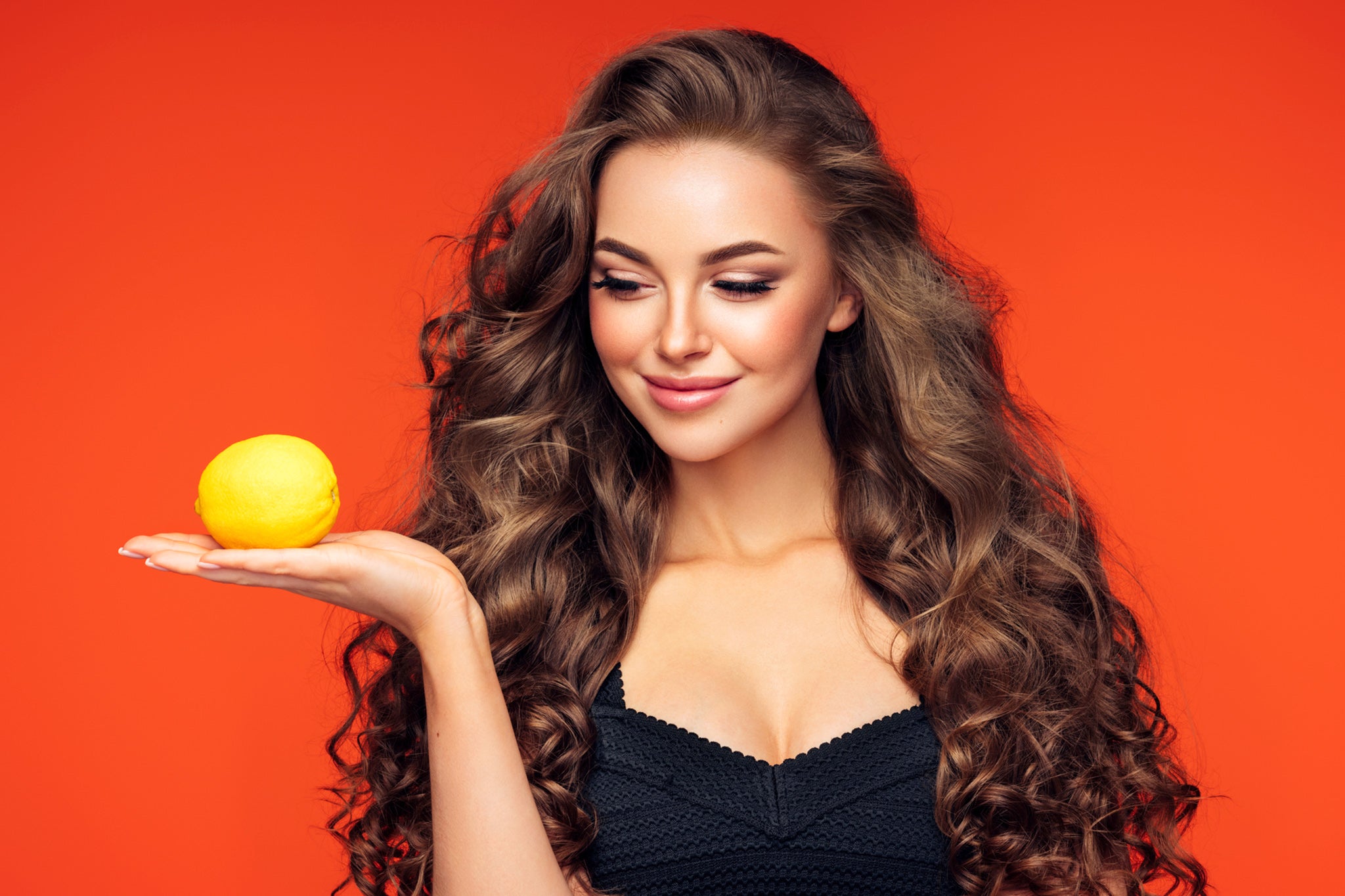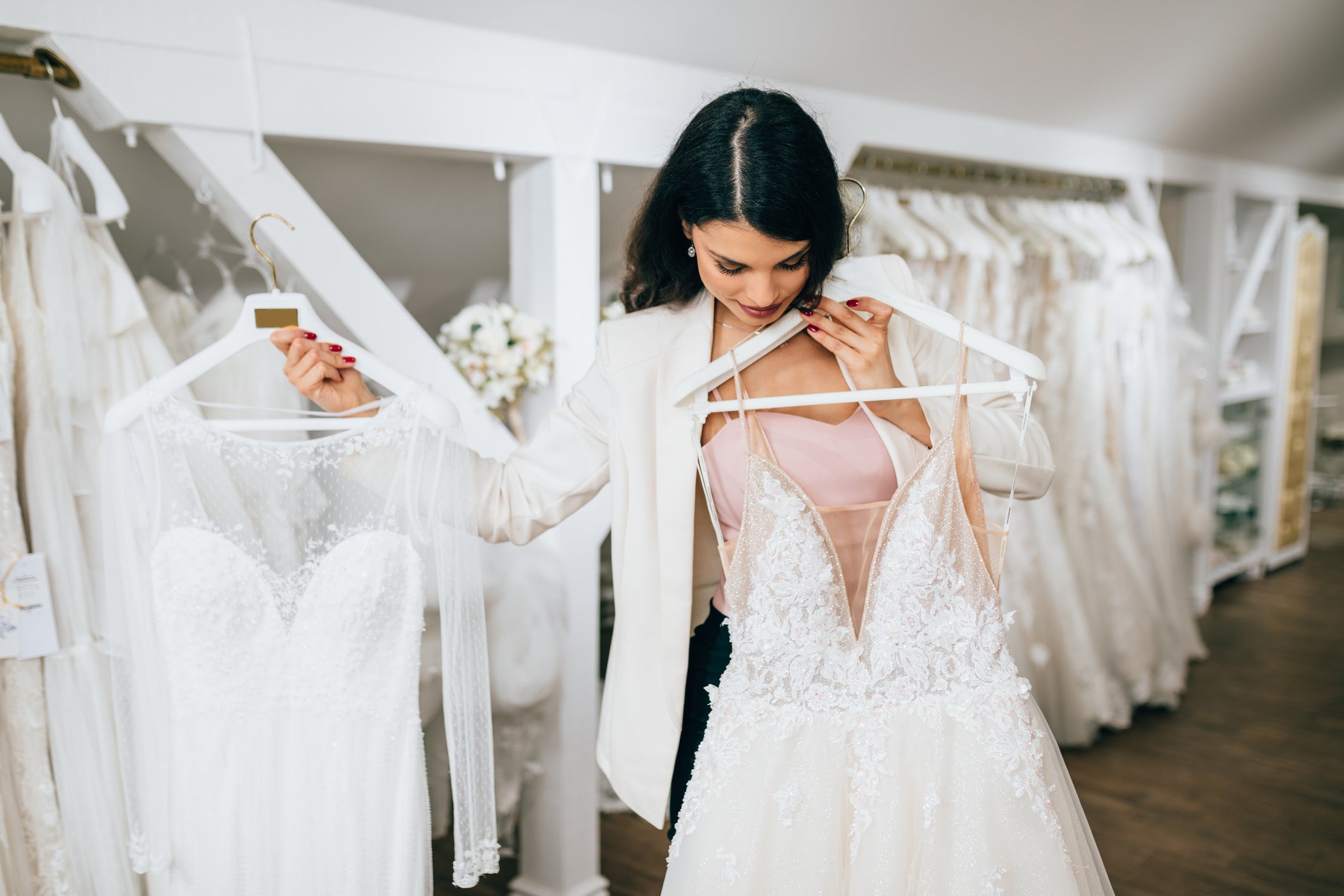‘This inanimate object? She’s called Zoe’: What’s behind the feminisation of everyday items?
Ellie Harrison looks at the way queer culture has changed how we speak, adding warmth and humour to the driest of sentences


Hey girlies!” the shop assistant exclaims, handing out glasses of prosecco. She wheels over a rack of wedding dresses and introduces them one by one. “This is Zoe, everyone meet Zoeee!” she squeals. “She’s quite fragile, but she slips on super nicely. Go and try her on...” Moments later, we meet Daisy. “Oh, now she is truly special. She has a little train that she likes to be clipped up before the dancing starts. Let’s just undo her buttons…” Next, we meet Cordelia, Agnes, Rosie, Thea… and on it goes. My friend, the bride-to-be, notices the rest of us looking a bit queasy. “I know,” she whispers, her face going red under her veil. “It’s been like this at every shop.”
Now, obviously this was a very happy day – I was going shopping for a wedding dress with my best friend! – but the way the shop assistant kept referring to the dresses like they were actual living women (or a litter of rescue puppies waiting to be adopted) made me, well, sad. It made me sad because she was taking a modern quirk of language that I love and spoiling it. I’m a big fan of the trend that’s emerged in recent years of referring to objects as “she” and “her” – some corners of Mumsnet think it’s sexist, but I think it’s funny and playful, and injects a bit of flair and glamour into the mundane.
Hearing it deployed in this forced way, though, in a commercial setting, just felt cynical. It read like a marketing ploy, designed to encourage customers to feel some kind of bond with the shop’s wares – and therefore less horrified at the idea of shelling out hundreds, or even thousands, for a dress. Plus, the poor shop assistant (who’d clearly been instructed to speak this way) sounded a bit deranged. I had a brief vision of her sleeping next to the dresses in her bed at night, wishing them all sweet dreams as she drifted off among the satin and lace.
Of course, for centuries, ships have been referred to as “she” in English – a practice that, I’m told, relates to the idea of a female figure, such as a mother, guiding and protecting a crew. The female pronoun also pops up when talking about cars and countries, and even the Earth and the moon. But the practice of calling all manner of inanimate objects “she” has become much more widespread in our lexicon in recent years, and it’s a gift from queer and drag culture, and more specifically Queer Eye star Jonathan Van Ness.
When the reboot of the early Noughties makeover show arrived in 2018, it made headlines for “refashioning the English language”. Not only did certain turns of phrase from the grooming consultant go viral, such as “strugs to func” (struggling to function), but his habit of referring to everything – whether it was a moisturiser, a new top, or himself – as “she” was completely infectious. “I know hyaluronic acid doesn’t sound like a healing restorative angel baby,” he wrote in one Instagram post, “but she really is.”
Soon, this way of speaking transcended queer culture, and we all started doing it, because it adds a warmth and a humour to even the driest of sentences. Case in point, I met someone at a party last week, and when I told her where I lived in London, she replied: “Camberwell… I’ve heard of her but I’ve never been.” A colleague of mine recently wrote a love letter to the semicolon, affectionately referring to the punctuation mark as “our girl”. On Reddit, meanwhile, one user said he liked to do it while performing sometimes boring household tasks such as cooking (“Oh Miss Thyme can come to the party too, get in here girl”) or throwing out old food that’s past its sell-by date (“I don’t know her”).

But now, businesses have got their grubby mitts all over this trend, and they’re ruining our fun. While advertising campaigns have long been anthropomorphising objects to sell them – hello, Michelin Man – now, it’s simpler for companies to just call products “she”. Michelin girlie, anyone? Take one activewear brand, Tala, which is a repeat offender on social media. One of the company’s recent Instagram ads carries the caption: “She’s just another legging, right? Wrong, so wrong.”
Go on TikTok, meanwhile, and there are countless influencers exclaiming “She’s gorgeous!” over the latest lip liner or linen dress. And employees in bridalwear shops are clearly being trained to do the same thing. It’s a blatant effort to get us to buy more. Not only does this feel icky and manipulative, but it’s taking something lighthearted and turning it into something too serious. This trend? Yes, she’s thriving, but she’s also being woefully misused. Let’s be gentle with her, please.
Join our commenting forum
Join thought-provoking conversations, follow other Independent readers and see their replies
Comments